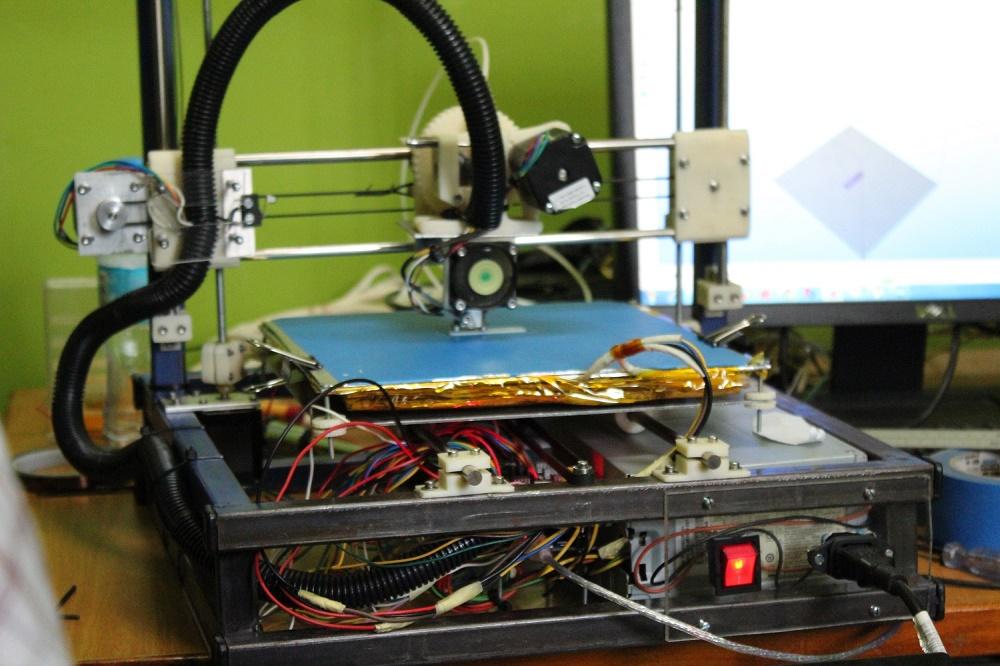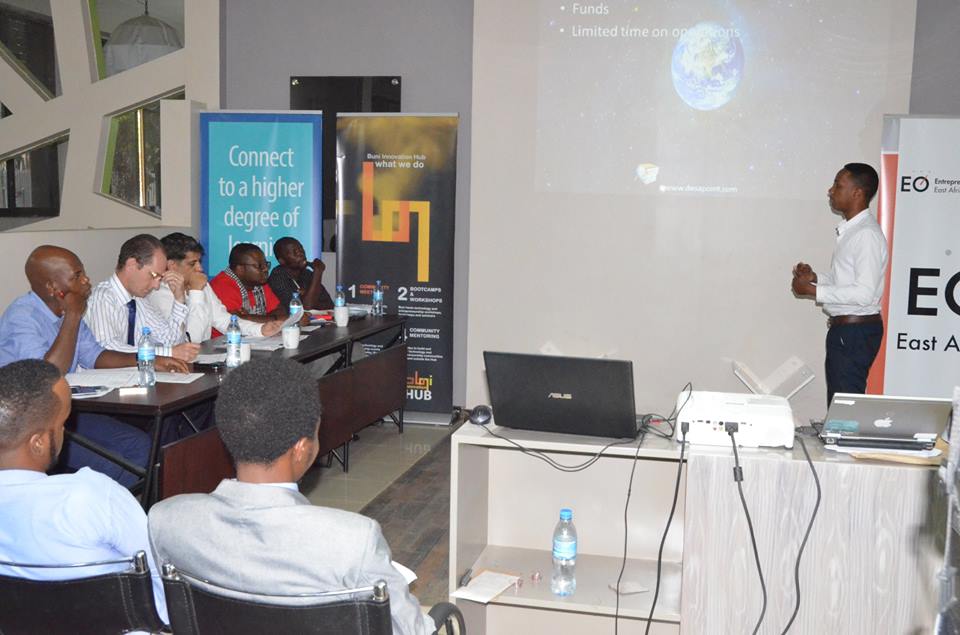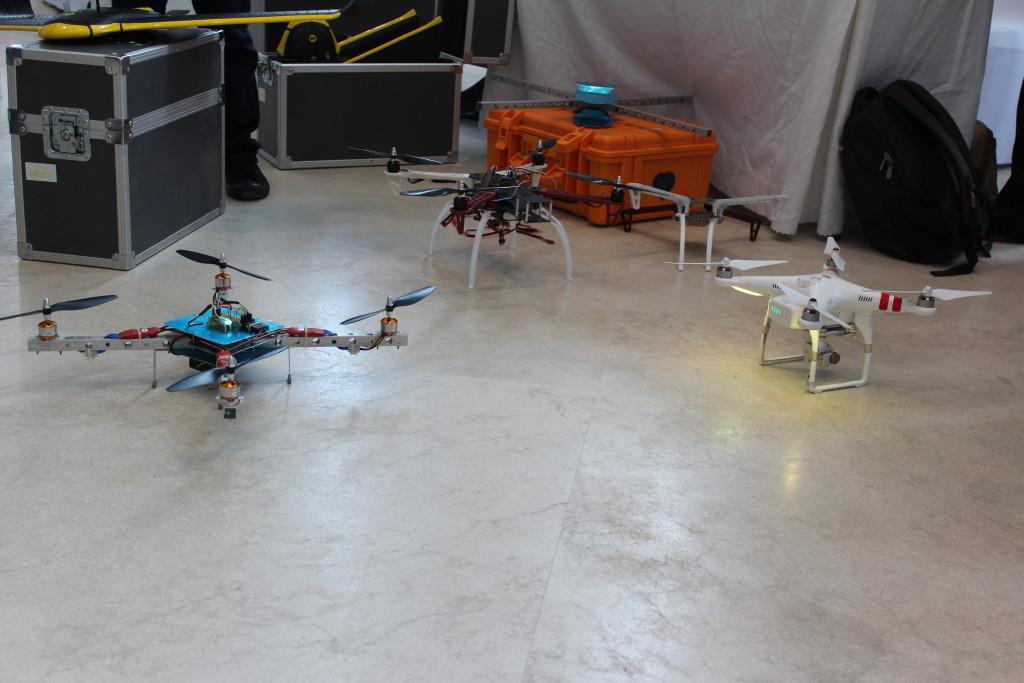The African country of Tanzania is an eastern and coastal country, and its economic efforts at becoming more technologically savvy always seems to be compared to those in neighboring Kenya. But there’s plenty going on at Tanzania’s Buni Hub, which is a maker lab of sorts that started in 2011. “Buni,” which is Swahilli for “innovation,” has made a stamp of its own in the arena of 3D printing. Finnish government funded Costech (Commission of Science and Technology) established the TanzICT program that has 400 members, including majority students, that have access to four programs: internships, mentorships, maker space, and community outreach. This dynamic program currently has over 160 members working on 14 different projects that can apply for mentorship if successful.
The ideas that come out of the Buni Hub are very mixed, and the maker space has a 3D printer, furnished by Costech, that is used for a variety of projects as well. Even more impressive is that Buni  Hub has the distinction of being the home of the first African 3D printer built from e-waste; the e-waste came from electronic motors and other consumer electronics parts.
Hub has the distinction of being the home of the first African 3D printer built from e-waste; the e-waste came from electronic motors and other consumer electronics parts.
News of the e-waste 3D printer broke in February 2015, and many people are excited by the prospect of more projects like this, explains Buni Hub Community Manager Jumanne Mtambalike:
“We have received requests from eight different organizations and individuals from different places in the world requesting us to share the work through documenting the process and publishing it online. The plan now is to scale the production by involving SMEs and vocational training institutions to take part in the process. Another plan is to document all the work, create a Wiki, estimate the production cost and pilot the project of getting the filament from recycled plastic materials.”
This is a project that promises to go far in a country known to be one of the poorest in the world. And the student members of Buni Hub are not without their other innovative ideas regarding reusing electronic parts. Dar es Salaam Institute of Technology intern students have also hacked a drone and used its e-waste to build another one based on a YouTube video they saw; the project took 7-8 weeks to complete. The drone ended up being about USD $300, and the only external part they had to purchase was the control board.
While both the 3D printer and drone built from e-waste are testimony to the growing access and information Tanzanians have about emerging technologies, there’s still the problem, as always, of funding and resources. That will be the biggest hurdle as 3D printers are not a big consumer product in Africa as of yet.
Jumanne Mtambalike summarizes the uphill challenges to bridge the digital divide and encourage more technology education for Tanzanian youth:
“Tanzania is not Silicon Valley. Funding for start-up businesses is difficult to get. There are not many investors and they are looking for businesses that can scale and grow for a quick ROI. So there are challenges on both sides.”
In the meantime, the Buni Hub continues to provide technology education and hands on experience to students who are more than aware that economic development lies in the new emerging global technologies, and so long as access is equal, 3D printing will be truly global. Discuss your thoughts on this great program in the Buni Hub 3D Printing forum over at 3DPB.com.
[Images: Buni Hub, via Facebook / allafrica.com]Subscribe to Our Email Newsletter
Stay up-to-date on all the latest news from the 3D printing industry and receive information and offers from third party vendors.
You May Also Like
Model No. Deploys Titan Pellet 3D Printers for Sustainable Furniture Production
Over the years, many designers have tried to create 3D printed polymer furniture. Early pioneers like Janne Kyttanen, Materialise’s MGX, and Joris Laarman have led the way with 3D printed...
3D Printing News Unpeeled: Recycling PLA, More Efficient Atomizing
Filamentive hopes to recycle your PLA if you’re in the UK and order over £500 worth of filament. Their partner 3D Printing Waste (3DPW) will turn the PLA into injection...
Lighting the Way with Potato Starch: Sustainable Polish ECO Lamps Use 3D Printing
Lighting that meets the essence of nature: this is the reality brought to life by ECO Lamps, which introduces a fresh perspective to sustainable lighting design using potato starch. These...
3D Printing News Unpeeled: 3D Printed Construction Standard, Sand Wall & Self Heating Microfluidics
ISO/ASTM Standard 52939:2023 has been released and it sets standards for QA for 3D Printed polymer, composite and cement buildings. This is most welcome since 3D printed construction is a...



































